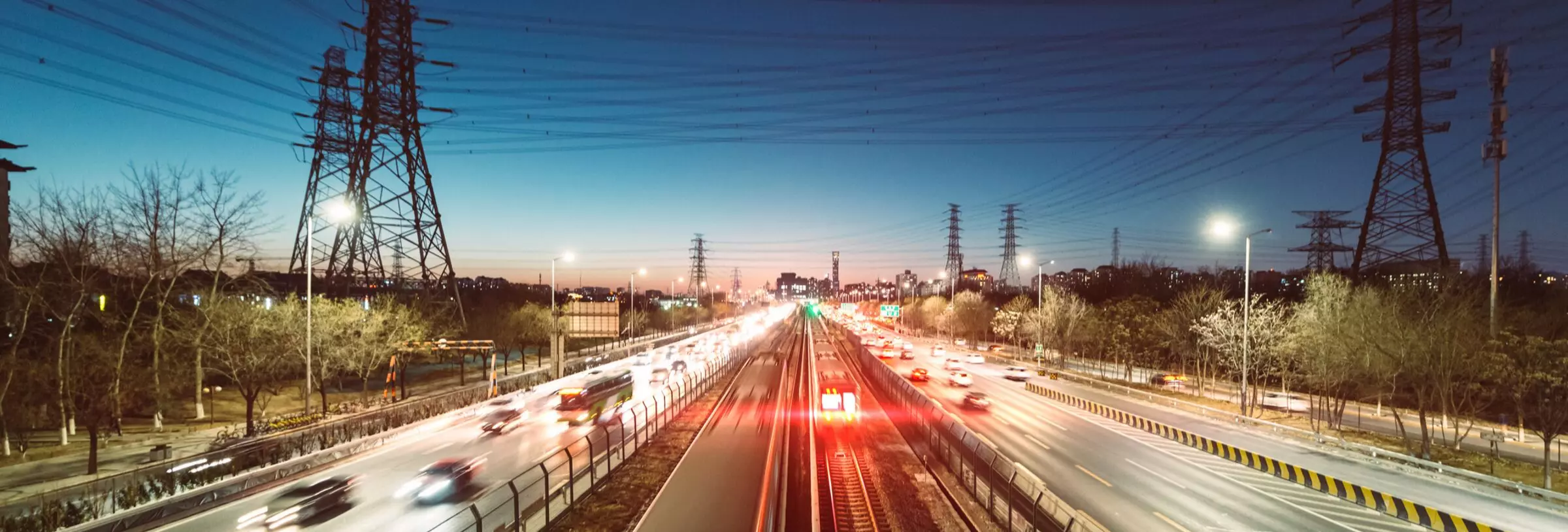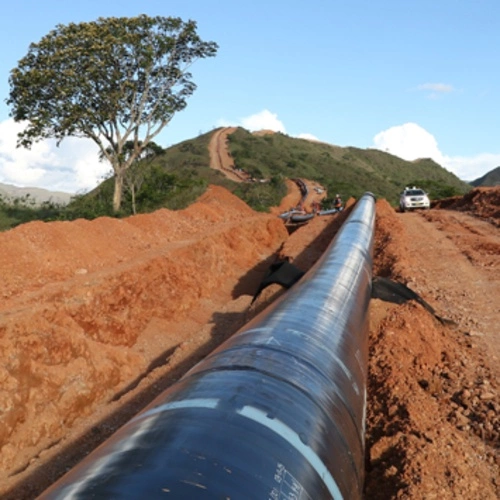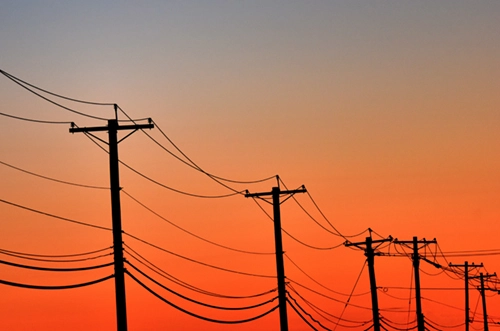In California, a business operating on real property being acquired, in whole or in part, for a public project may make a claim for loss of goodwill and be entitled to compensation if the business operator establishes the foundational elements: (1) the taking caused the loss, (2) the loss could not be prevented by relocation or other reasonable mitigation measures, (3) the loss is not includable as a reimbursable relocation expense, and (4 ) the loss does not duplicate other compensation being paid. (Code Civ. Proc. §1263.510(a).) As part of its affirmative duty to mitigate damages, a ...
This past week I had the opportunity to attend the International Right of Way Association’s (IRWA) Region 1 Fall Forum and Symposium in San Diego, California. On Friday, Brad Kuhn and I presented an update on recent federal and state cases impacting takings, land use and development in California. On Saturday, I was an attendee at the Fall Forum where IRWA professionals throughout Region 1 (California, Nevada, and Arizona) shared updates on the status of the industry in their area. …
2023 has been another interesting year in the eminent domain world. We’ve reported on some interesting court decisions, we’ve seen funding make its way to some critical infrastructure projects in California and changing weather continues to make resiliency and natural disasters a hot topic for inverse condemnation law. But before 2023 winds down, there are some exciting end-of-year events and we hope to see you there. …
A question that arises with some frequency in our practice is whether a public entity can adversely possess a property interest against another public entity. The general rule of thumb is that a private entity cannot obtain an interest in real property owned by a public entity through adverse possession. This rule is in part based off of the long-established principle nullum tempus occurrit regi, which means "time does not run against the king."
In California, this common law principle has been affirmed and reaffirmed for over a century in our courts and has been codified by the ...
With the frequency of wildfires and flooding, landslides are becoming more frequent throughout California. When public agencies have water pipelines located in hillsides, the situation presents the classic “chicken or egg” debate: (1) did the soil movement cause the pipe to displace and leak water, thereby causing the landslide, or (2) did the pipe leak water independently, thereby causing the landslide? Answering this question addresses one of the key factors for liability for inverse condemnation and other real property causes of action: causation. …
The Supreme Court has granted certiorari in George Sheetz v. County of El Dorado, agreeing to answer the question of whether legislatively enacted development impact fees are subject to a lower level of constitutional scrutiny than fees that are imposed by a permitting authority on an ad hoc basis. While this question has been presented to the Court multiple times over the last several decades, historically the Court has declined to take up the issue. Now, with the changing makeup of the Court, at least four justices appear willing to address the issue. …
We are excited to partner with Gallagher & Kennedy once again to host Condemnation Summit XXX on October 27, 2023 in Phoenix, AZ! We have developed another outstanding agenda filled with educational and interactive presentations and plenty of time for networking. Join us to hear from subject matter experts as they discuss timely information on industry topics, including:
- Unusual and forgotten condemnation statutes;
- Condominium terminations;
- Technology in the law;
- Eminent domain jury verdicts; and
- Powerline avian protection.
Arizona Supreme Court Justice William Montgomery ...
In California, when a government entity adopts a resolution of necessity to acquire property by eminent domain, that resolution typically “conclusively” establishes the requisite findings of public use and necessity. However, when the government is seeking to condemn a public utility to take over its operations, that conclusive presumption disappears. There has been an ongoing dispute about what standard of review applies in such take-over cases, and the California Court of Appeal recently provided guidance. …
We recently had the pleasure of collaborating with Robert Thomas and Ajay Gajaria once again for the International Right of Way Association’s (IRWA) biannual report covering numerous eminent domain cases at local, state and federal levels from January through the end of June 2023. This report is an important resource and reference point for professionals in the right-of-way industry.
In the report, we also take a brief look at pending, adopted and failed legislation across the U.S., while also providing updates on federal funding and projects associated with the recent ...
I recently had the privilege of participating as a guest on The Eminent Domain Podcast to talk about trying an eminent domain case to a jury and my thought process around voir dire, opening statements and presentation of appraisal evidence. The Eminent Domain Podcast is ...
Eminent Domain Report is a one-stop resource for everything new and noteworthy in eminent domain. We cover all aspects of eminent domain, including condemnation, inverse condemnation and regulatory takings. We also keep track of current cases, project announcements, budget issues, legislative reform efforts and report on all major eminent domain conferences and seminars in the United States.
Stay Connected
 RSS Feed
RSS Feed
Categories
- Administration
- Appraisal
- California
- CLIMATE CHANGE
- CONGRESS
- Construction
- Court Decisions
- EPA
- Events
- Goodwill
- GOVERNMENT ADMINISTRATION
- Inverse Condemnation & Regulatory Takings
- Lawsuit
- New Legislation
- Possession
- Projects
- Public Agency Law
- Publications
- Redevelopment
- Regulatory Reform and Proposed Rules
- Right to Take
- Right-of-Way
- Seminars
- Speaking Engagements and Presentations
- trial
- Valuation
- Videos
- Water









